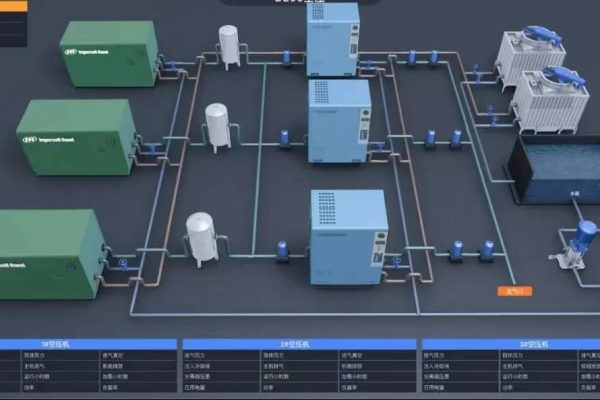Data Sheets as Sales Tools
In international trade of energy storage systems (ESS), data sheets are more than technical documents—they are strategic sales tools. While buyers expect detailed specifications, what often sets one supplier apart from another are the Unique Selling Points (USPs). If presented clearly, USPs can make a data sheet a powerful differentiator, convincing buyers that your product is not only compliant but also superior.
1. Identify the Right USPs for ESS Products
- Performance Advantages: Longer cycle life, higher energy density, or faster charging.
- Safety Features: Built-in BMS protections, certifications (UL, CE, IEC), or thermal management systems.
- Design Benefits: Compact size, modular expandability, or user-friendly installation.
- Market-Specific Adaptability: Compliance with regional standards (PSE in Japan, CEC in Australia, GCC in Middle East).
- Service and Warranty: Strong after-sales support or extended warranty terms.
Exporter Tip: Choose USPs that directly address buyer concerns such as reliability, safety, or ROI.
2. Placement of USPs in Data Sheets
- Top Summary Section: Place 3–5 key USPs as bullet points at the beginning.
- Highlight Boxes or Callouts: Use colored blocks or icons to draw attention.
- Comparison Tables: Show side-by-side advantages over industry averages or competitor models.
Exporter Tip: USPs should be immediately visible without scrolling through dense tables.
3. Make USPs Buyer-Oriented
- Translate Specs into Benefits: Instead of saying “6000 cycles at 80% DoD,” write “Delivers over 15 years of reliable service.”
- Use Buyer Language: Emphasize ROI, durability, and compliance rather than internal technical jargon.
- Address Pain Points: Highlight features that solve buyer challenges (e.g., faster installation reduces labor costs).
Exporter Tip: Frame USPs as solutions, not just product features.
4. Support USPs with Evidence
- Certifications: Attach relevant CE, UL, TÜV, or IEC reports.
- Test Results: Graphs showing efficiency, temperature performance, or cycle testing.
- Case Studies: Short real-world examples demonstrating proven reliability.
Exporter Tip: Evidence-backed USPs are far more convincing than unsupported claims.
5. Visual Presentation of USPs
- Icons and Infographics: Use symbols for features like Wi-Fi monitoring, IP65 protection, or modular design.
- Charts and Curves: Show performance visually instead of only in numbers.
- Highlight Colors: Use brand colors sparingly to emphasize unique features.
Exporter Tip: Visuals help buyers retain key messages faster.
6. Common Mistakes When Highlighting USPs
- Overloading with Too Many Points: Dilutes the impact—focus on the top 3–5.
- Generic Claims: Words like “high quality” or “advanced” without evidence are weak.
- Hidden in Fine Print: If USPs are buried in tables, buyers will miss them.
Exporter Tip: Less is more—clarity beats quantity when it comes to USPs.
Turning Data Sheets into Persuasive Tools
A well-structured data sheet should not only inform but also persuade. By highlighting clear, buyer-focused USPs supported with evidence and presented visually, exporters can transform data sheets into effective sales assets. In competitive ESS exports, the suppliers who communicate their USPs best are the ones who win buyer trust and long-term contracts.









